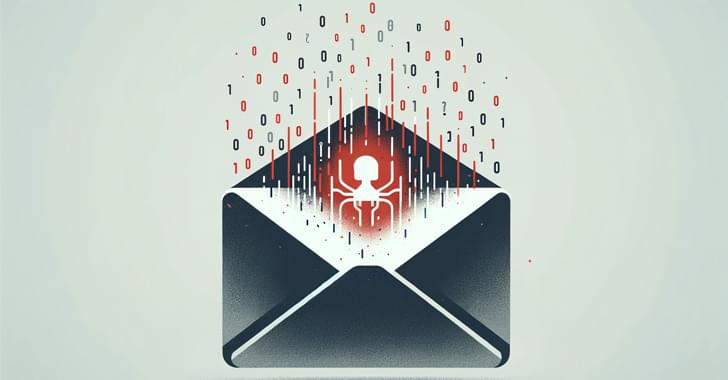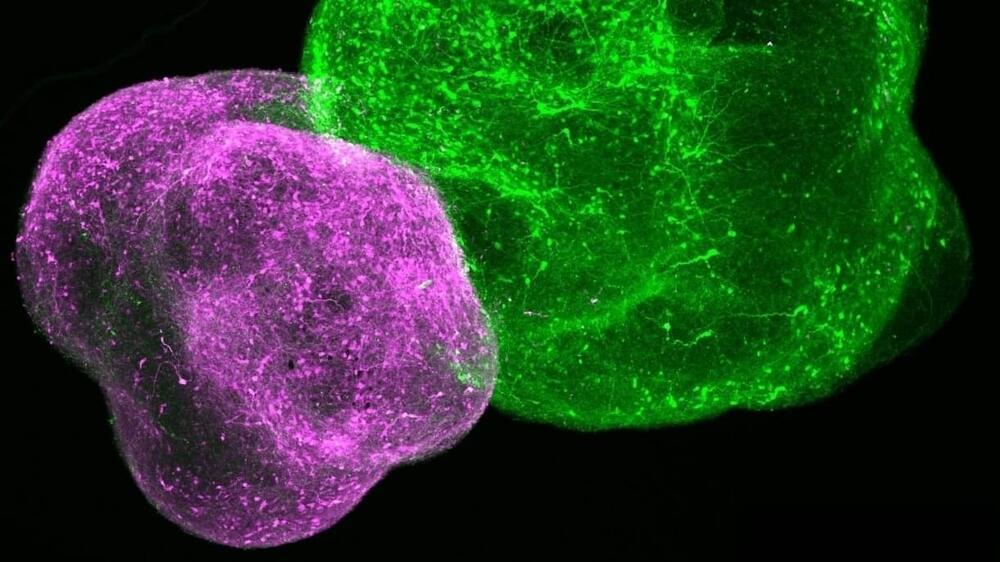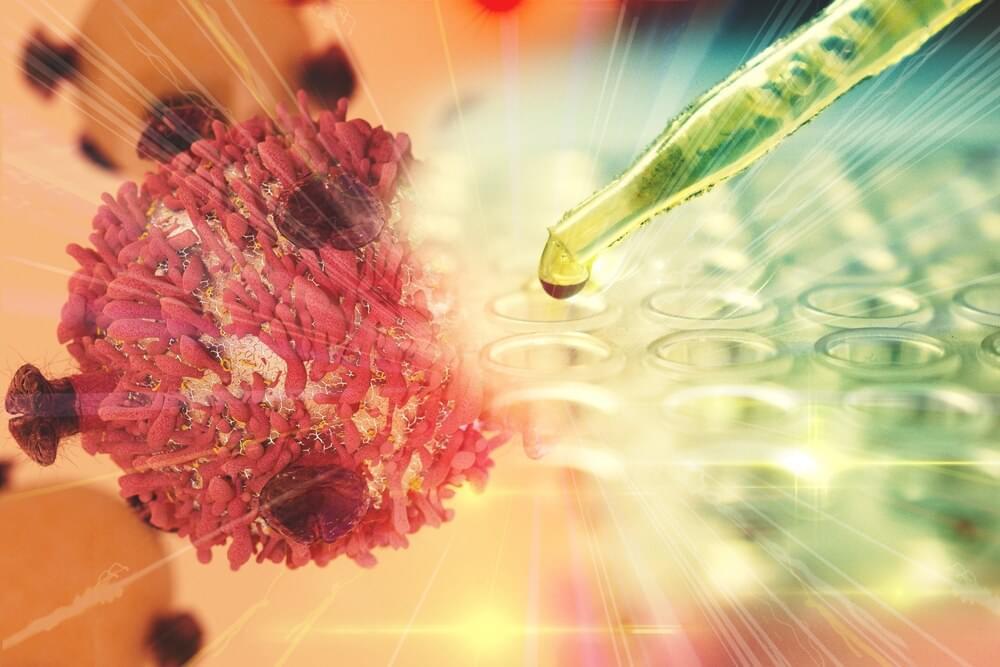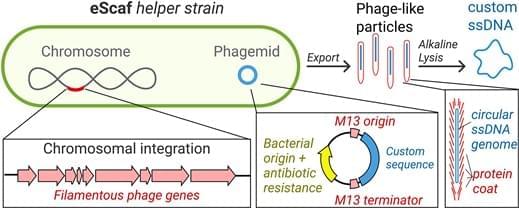Nation-state hackers have a new trick — turning Microsoft’s own cloud services into secret command centers to launch attacks undetected.
U.S. government warns of North Korean hackers sending spoofed emails to gather intelligence.
Scientists have found a way to restore brain cells impaired by a rare and life-threatening genetic disorder called Timothy syndrome.
A type of drug known as an antisense oligonucleotide allowed clusters of human neurons to develop normally even though they carried the mutation responsible for…
A therapy that restores brain cells impaired by a rare genetic disorder may offer a strategy for treating conditions like autism, epilepsy, and schizophrenia.
In a recent review published in the journal Nature Reviews Immunology, researchers discussed the limitations of current influenza vaccines and the potential for future vaccines to induce both T-cell responses and antibodies for enhanced protection. They examined the strategies to develop influenza vaccines with broad strain specificity and long-term efficacy, covering protection requirements, immune response evaluation, expected outcomes, and financial considerations.
Study: Opportunities and challenges for T cell-based influenza vaccines. Image Credit: CI Photos / Shutterstock.
Hala Point will be the first large-scale neuromorphic system to run both SNNs and sparse feedforward DNNs like those used in mainstream branches of AI today (though conversion of DNNs and retraining are required).
Hala Point, a new Intel Loihi-based computer at Sandia National Labs, is a 6U system drawing about 2.6 kW.
It sometimes feels like NVIDIA was destined to be in the position it currently is, and CEO Jensen Huang has highlighted the company’s “secret sauce” in an interview.
Belief, Persistence & Resilience Is What CEOs Should Target For Success, Says NVIDIA’s CEO Jensen Huang
When we see Team Green and how it managed to rise from the very bottom of the markets, it is an iconic sight. What was the reason behind such gigantic success? Many thoughts remain, but the firm’s CEO has simplified it.
Excellent paper wherein Shen et al.
Abstract. Long single-stranded DNA (ssDNA) is a versatile molecular reagent with applications including RNA-guided genome engineering and DNA nanotechnology, yet its production is typically resource-intensive. We introduce a novel method utilizing an engineered Escherichia coli ‘helper’ strain and phagemid system that simplifies long ssDNA generation to a straightforward transformation and purification procedure. Our method obviates the need for helper plasmids and their associated contamination by integrating M13mp18 genes directly into the E. coli chromosome. We achieved ssDNA lengths ranging from 504 to 20 724 nt with titers up to 250 μg/l following alkaline lysis purification. The efficacy of our system was confirmed through its application in primary T-cell genome modifications and DNA origami folding. The reliability, scalability and ease of our approach promise to unlock new experimental applications requiring large quantities of long ssDNA.
Exploring Gender Biases with AI
Posted in robotics/AI
We wanted to understand better what are some of the challenges between the sexes and how they perceive each other Given the recent bear lovefest memes, we thought it would be interesting to use ChatGPT to give us its insights on a thought experiment we created for it.
Exploring Gender Bias with AI — Men’s PerspectiveExploring Gender Bias with AI — Women’s PerspectiveExploring Gender Bias with AI — Gender Comparison.
Thought Experiment We have 100 men and 100 women in the same place. Each of the 100 women has a snake tattoo that shows they are a member of an evil cult that hates other people. Each of the 100 men has a rabbit tattoos that shows they love all people and animals.
Exploring Gender Bias with AI
Posted in robotics/AI, sex
Men’s Perspective.
Exploring Gender Bias with AI — Women’s Perspective.
Compare and contrast your two different responses and identity and sex based biases in your answer.
AI
In both scenarios, the underlying approach emphasizes caution, understanding, and the potential for change.









